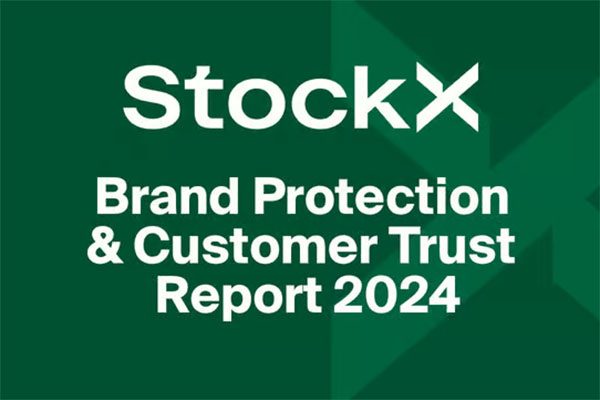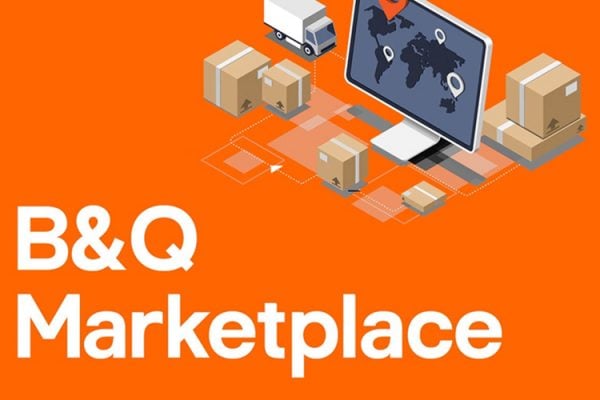StockX is a marketplace like no other as it removes the traditional Buyer – Seller relationships and acknowledges that it’s all about the product. Sellers don’t care who their buyers are and buyers don’t care who the merchant is, what matters is the transaction. I sat down with Greg Schwartz, COO and Co-Founder at StockX to find out more.
Founded in Detroit, Michigan, StockX took the idea of the stock market principles and translated them into a new marketplace construct for consumers. When you buy shares on the stock market, who you buy them from really doesn’t matter – what’s critical is the legitimacy of the transaction and the share certificates that validate your ownership of stock in a particular company. That’s the same with the StockX marketplace where the focus is on the transaction taking place and ensuring that the buyer gets the product they desired.
Greg explains that with StockX, when you place a sell order on a single product page, buyers don’t see your listing amid 1000 similar listings. You can see all of the supply and demand in one place, merchants can already see the highest bids for their product and can hit a single sell no button and the transaction is done.
The seller has protection as as soon as their product is sent to StockX and authenticated they get their pay out – there are then no chargebacks and no chat takes place with buyers. StockX sits in the middle to protect both the buyer and seller.
StockX are seeing explosive growth in Europe. Although founded in the US, the number of sellers located outside the US more than doubled in 2020, and accounted for 30+% of StockX’s total GMV for the year. Here in the UK, in 2020, buy-side trades among StockX customers in increased 150% year-over-year. Overall in 2020, StockX recorded $1.8 billion in gross merchandise value ($3.8 billion in lifetime GMV) and closed more than 7.5 million trades during the year.
Greg says that there are two main types of sellers on StockX, Consumer seller who have product they want to move on and get paid out quickly – often they’ll only have a single quantity of any particular item. Then there are the professional business sellers who are moving from other platforms to StockX due to power of the platform.
One of the big attractions is that if you have a quantity of product, if there are already multiple bids at an acceptable price on StockX, you can sell your entire line of stock at the click of a button. There’s no waiting, with a customer base in 200 countries, StockX will automatically match your offer with a local buyer if available, but otherwise with a global base of buyers you can still get a instant sale. Ship your sold products to StockX within two business days and they release your payouts as soon as they confirm your sold items are new and authentic – you don’t even have to worry about cross border shipping as StockX take care of that.
Top product categories on StockX include Sneakers (trainers in UK speak), Appearal (Streetwear), Collectibles (Trading cards such as Pokemon are especially popular) and in the 2nd half 2020, consumer electronics and accessories (handbags/watches) have been added.
As there is a single product page, if you have items in these categories not already listed on the site, you can submit a product request, but it is a curated catalogue so the focus is on items with meaningful liquidity and products that work within the StockX model. Top products on StockX are usually those not available in shops – scarcity is a top driver of transactions.
Merchants will find API integrations such as with Shopify and if you want to get serious about the marketplace then StockX Pro will give additional functionality to help you manage your business. Selling fees vary depending on your sales volumes and there are minimum transaction fees for each category of product.
So what is the future for StockX? Greg tells us that the plan is to double down on and build out suite of next generation seller tools based on feedback and to enhance seller integration options. They are also focused on what items within their catalogue makes sense based on Europe supply and demand, so expect to see deeper penetration of product in existing categories.
StockX have also opened in HongKong and Asia – even though that’s not Europe specific, support for buyers in those markets provides liquidity for sellers across Europe.
Finally, Greg told us that the key differentiated aspect of StockX is in the trading aspect of the platform – Try selling an item to discover the unique easy fast experience without the hoops you’re forced to jump through on other marketplaces. You might never look back!









